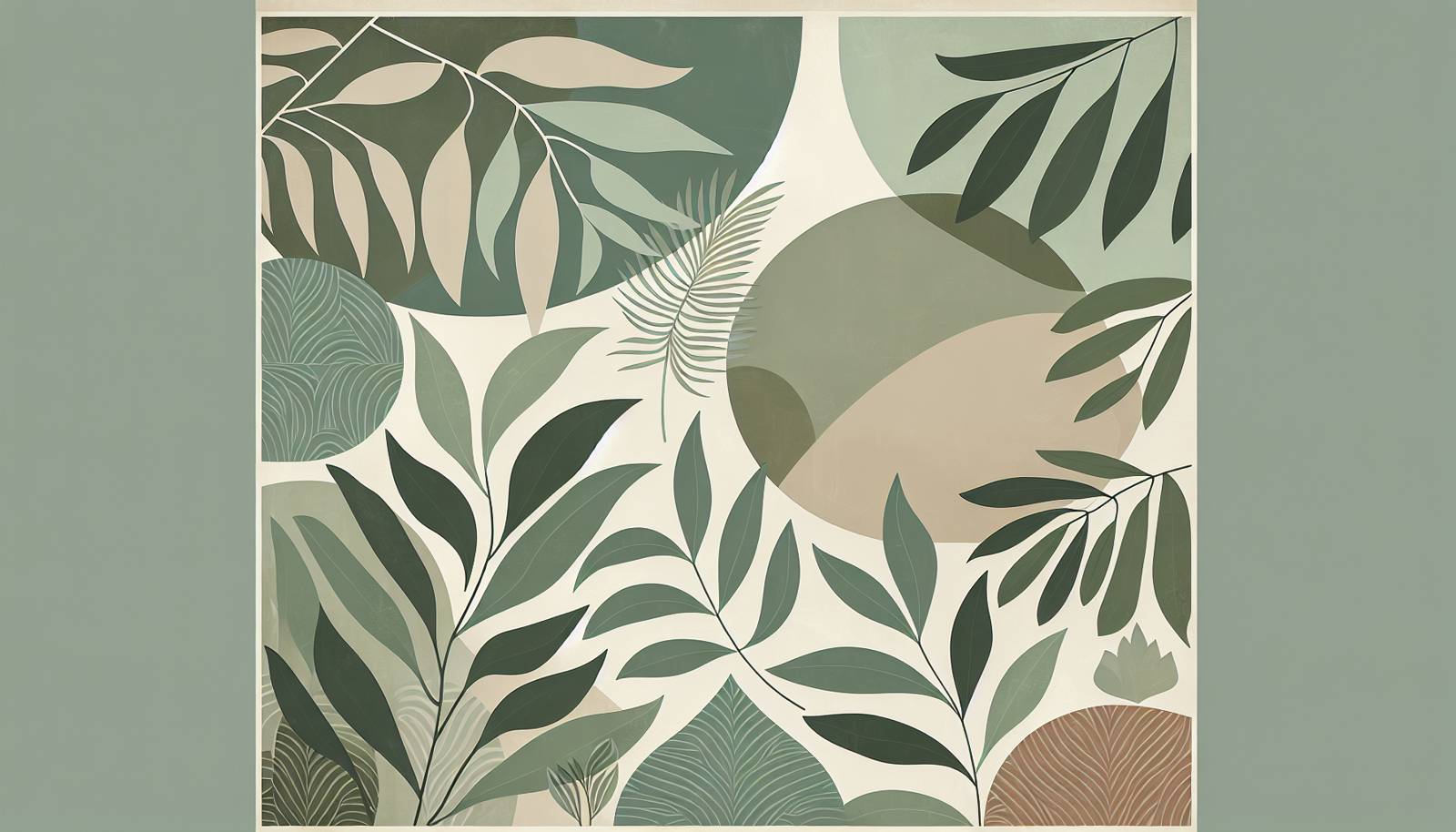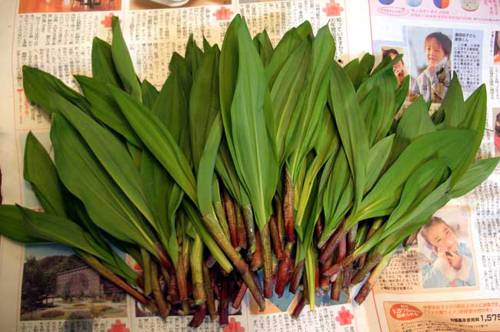
FAQ About Indoor Plant Edible Leaf Varieties

What are some common indoor plants with edible leaves?
Some common indoor plants with edible leaves include spinach, lettuce, kale, and herbs like basil, mint, and parsley. These plants are easy to grow indoors and can provide fresh greens year-round.

Are there any specific health benefits to consuming leaves from indoor plants?
Yes, consuming leaves from indoor plants can provide numerous health benefits. For example, spinach and kale are rich in vitamins A, C, and K, as well as iron and calcium. Herbs like mint and basil offer antioxidants and anti-inflammatory properties. Eating a variety of these fresh greens can contribute to better overall health and wellness.

How can I safely consume edible leaves from indoor plants?
To safely consume edible leaves from indoor plants, ensure that the plants are grown in clean conditions without exposure to harmful pesticides or toxins. Wash the leaves thoroughly with water before eating them to remove dirt and potential contaminants. It's also important to identify the plant accurately to ensure it's not toxic or harmful.

Can indoor edible leaf plants thrive without direct sunlight?
Many indoor edible leaf plants, like herbs and leafy greens, can thrive with bright, indirect sunlight. While direct sunlight is often beneficial for growth, too much sun can harm certain plants, leading to leaf burn. Using artificial grow lights can also support their growth if natural sunlight is insufficient.

What precautions should be taken when growing edible indoor plants?
When growing edible indoor plants, it's important to use clean, uncontaminated soil and containers. Avoid chemical pesticides or fertilizers that are not labeled as safe for food plants. Regularly inspect the plants for signs of disease or pests, and maintain proper watering and humidity levels to promote healthy growth.

How often should I water my indoor edible leaf plants?
The watering frequency for indoor edible leaf plants like herbs and greens can vary depending on the plant type, container size, and environment. Generally, these plants prefer well-draining soil and should be watered when the top inch feels dry. Over-watering can lead to root rot, so it's important to monitor soil moisture closely.

Can I use regular potting soil for growing edible indoor plants?
While regular potting soil can be used, it's best to choose a soil mix formulated for edibles, which often contains added nutrients that support plant growth. Ensure the soil is well-draining to prevent water-related issues like root rot. Consider organic soils to avoid chemical contaminants if you're concerned about residue on edible greens.

What are some low-maintenance indoor edible leaf plants?
Some low-maintenance indoor edible leaf plants include basil, mint, and cilantro. These herbs are relatively easy to grow and don't require a lot of care beyond basic watering and occasional pruning. They're perfect for beginner gardeners looking to add fresh flavors to their meals.

Are all parts of edible leaf plants safe to consume?
Not all parts of edible leaf plants are safe to consume. While the leaves are generally edible, other parts like stems or roots may not be as palatable or could have different textures. Always research the specific plant species to understand which parts are safe and recommended for consumption.

How can I ensure my indoor plants are free from pests?
To keep indoor plants free from pests, regularly inspect plants for any signs of infestation and remove affected leaves. Use natural pest control methods, like neem oil or insecticidal soap, which are safe for edible plants. Proper care, including maintaining cleanliness and adequate air circulation, can also deter pests.

Which indoor edible leaf plants are best for beginners?
Beginners might find success with plants like lettuce, spinach, and herbs such as basil and mint. These plants are forgiving and can thrive in a variety of indoor conditions. With proper care, they can continuously provide fresh leaves for consumption.

Is it safe to eat leaves from indoor plants grown with fertilizer?
It is safe to eat leaves from indoor plants grown with fertilizers as long as you use fertilizers specifically labeled for edible plants and follow the instructions carefully. Organic fertilizers are often preferred for growing edibles due to their natural ingredients, which minimize the risk of harmful residues.

Can edible leaf plants improve indoor air quality?
Yes, like many other houseplants, edible leaf plants can improve indoor air quality by absorbing toxins and releasing oxygen. However, their primary benefit is as a food source, and for significant air purification, they should be complemented with other air-purifying plants.

How can I tell if a plant is suitable for harvesting indoors?
To determine if a plant is ready for harvesting, look for mature leaves that have reached their full size. Harvesting can usually begin once the plant has several sets of leaves. Regularly harvesting encourages new growth and prevents the plant from becoming leggy or stressed.

Do edible indoor plants require any special lighting?
Edible indoor plants generally do well with bright, indirect sunlight. However, during winter or in dim spaces, you might need supplemental light such as fluorescent grow lights or LED grow lights. These can provide the necessary light spectrum and intensity for optimal growth.

Are there any risks associated with growing edible plants indoors?
While growing edible plants indoors is generally safe, potential risks include over-exposure to certain fertilizers, contamination from unclean soil, or pests. Following best practices for plant care can mitigate these risks, ensuring that your indoor garden is both healthy and safe to consume.

Can edible leaf indoor plants be propagated easily?
Many edible leaf plants can be easily propagated, especially herbs like basil and mint, through methods such as stem cuttings or division. This allows you to expand your indoor garden at low cost and effort. Make sure to provide adequate light and moisture to newly propagated plants.

What type of containers works best for growing edible leaf plants indoors?
Containers for growing edible leaf plants indoors should have good drainage to prevent waterlogging, which can lead to root rot. Many gardeners opt for pots with drainage holes and use saucers to catch excess water. Materials like terracotta or plastic are common choices, but ensure they are food-safe if concerned about any material leaching.

Can I grow edible leaf plants indoors year-round?
Yes, you can grow most edible leaf plants indoors year-round with controlled conditions. Indoor environments allow for management of light, temperature, and humidity, making it feasible to grow during any season. Just ensure you provide adequate light and maintain optimal growing conditions for best results.

How should edible leaves be stored after harvesting for future use?
After harvesting, edible leaves should be washed and dried thoroughly before storage. They can be stored in the refrigerator in a sealed container or reusable bags to keep them fresh. For longer-term storage, consider freezing herbs or drying them to preserve their flavor and nutritional value.
